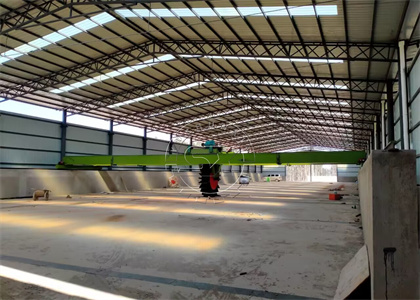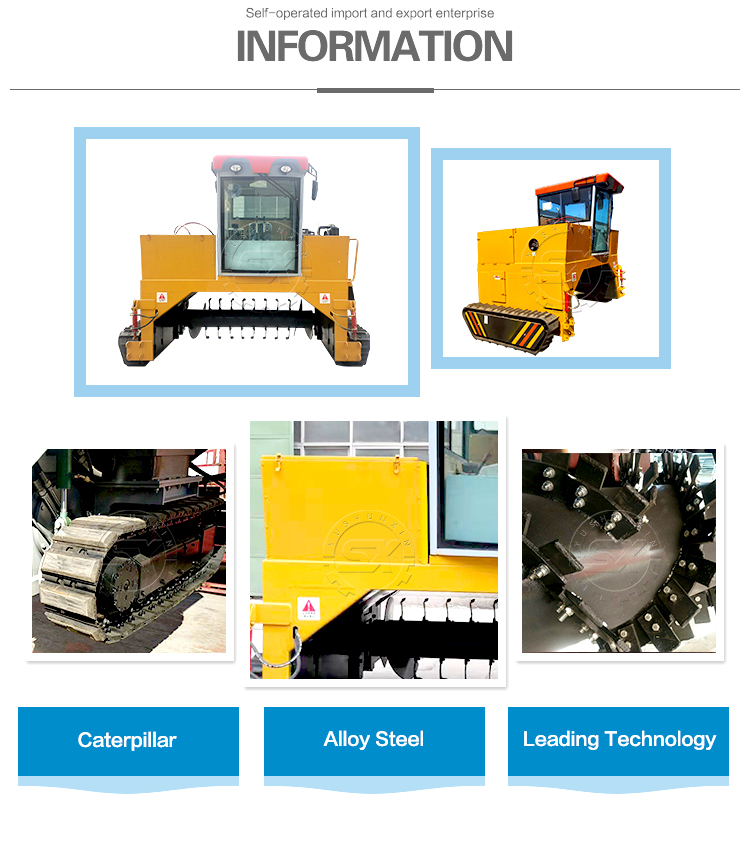Bio NPK fertilizer is a type of organic fertilizer that provides plants with the essential nutrients of nitrogen (N), phosphorus (P), and potassium (K) through natural processes and biological materials. Unlike chemical fertilizers, bio NPK fertilizers enrich the soil with organic matter and improve soil structure and fertility over time. The manufacturing process of bio NPK fertilizer is a blend of modern technology and traditional composting methods, aiming to deliver a sustainable and environmentally friendly product.
Composting: The Foundation of Bio Fertilizer
The journey of bio NPK fertilizer production starts with the composting process. Organic waste materials such as animal manure, crop residues, and food waste are collected to be used as the base material. These materials are then subjected to microbial decomposition in controlled conditions.
Selection of Appropriate Microorganisms
To enhance the nutrient content in the bio fertilizer, selected strains of microorganisms that are efficient in fixing atmospheric nitrogen, solubilizing phosphorus, and mobilizing potassium are introduced into the compost. These microorganisms include species of bacteria such as Azotobacter, Rhizobium, and Bacillus, as well as fungi like Mycorrhiza.
Monitoring the Composting Process
Throughout the composting phase, parameters such as temperature, moisture, aeration, and pH are carefully monitored and maintained to optimize the activity of the microorganisms. The temperature is particularly crucial as it affects the rate of microbial activity and the breakdown of organic matter.
Blending and Fortification
Once the composting process is complete, the compost may be blended with additional sources of nutrients such as bone meal (for phosphorus) or greensand (for potassium) to achieve the desired NPK ratio. This step ensures that the bio fertilizer meets specific crop requirements.
Granulation of Bio Fertilizer
To make the fertilizer easier to handle and apply, the composted material is often processed into granules. Granulation involves creating pellets of uniform size that are then dried to reduce moisture content, which enhances their shelf life and stability. So disc pelletizer machine and rotary drum granulation pelletizer are the best choice for you.
Quality Assurance and Testing
Similar to chemical fertilizers, bio NPK fertilizers must undergo rigorous testing to ensure their nutrient content is as advertised. Samples from each batch are analyzed for NPK values, microbial activity, and the absence of pathogens and weed seeds. This quality control is essential to maintain the trust and safety of the end-users.
Packaging for Market
The verified bio NPK fertilizer is then packaged in environmentally friendly materials that prevent moisture ingress and preserve the quality of the product. Bags are often labeled with instructions for use and the NPK ratio to inform farmers of the product’s nutrient content.
Education and Training for Farmers
As part of the marketing and distribution process, manufacturers often provide education and training to farmers on the benefits and application methods of bio NPK fertilizers. This helps to ensure that the product is used effectively and supports sustainable agricultural practices.
Regulatory Compliance and Certification
Bio NPK fertilizer manufacturers must comply with various local and international regulations that govern organic products. This often involves obtaining organic certification, which assures consumers that the product meets specific standards for organic agriculture.
Environmental Impact and Sustainability
The production of bio NPK fertilizers underscores the commitment to environmental stewardship and sustainable agricultural practices. By utilizing organic waste and promoting the use of natural nutrient sources, the bio NPK manufacturing process contributes to waste reduction, soil health improvement, and the minimization of chemical inputs in farming.
Through the integration of traditional composting methods and modern biological enhancements, bio NPK fertilizer manufacturing offers a viable alternative to conventional fertilizers, promoting a more sustainable and ecologically balanced approach to modern agriculture. And SX compound fertilizer equipment is trustable.






